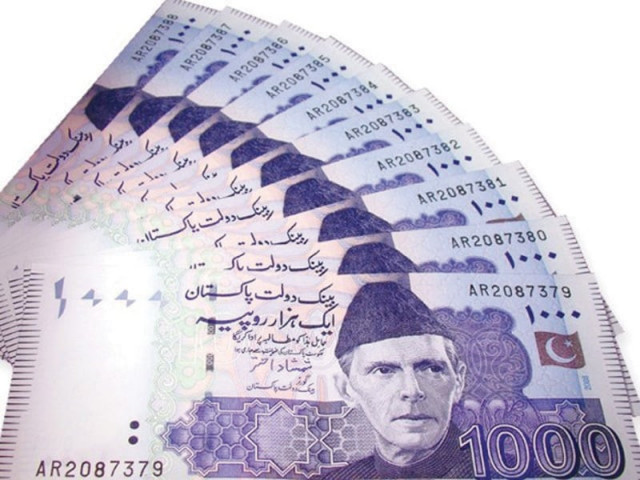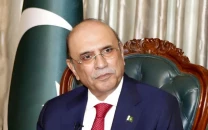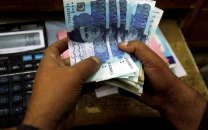11MFY14: Savings mobilisation reduces by almost a half
Data shows amount totals Rs174.1b, 48% less than what was recorded in 2012-13.

11MFY14: Savings mobilisation reduces by almost a half
Savings mobilisation by the National Savings Schemes (NSS) in the first 11 months of 2013-14 remained Rs174.1 billion, which is almost half of the amount of savings mobilised in the corresponding period of 2012-13.
According to data released by the State Bank of Pakistan on Tuesday, savings mobilised under the NSS during the first 11 months of the outgoing fiscal year were 48% less than the mobilisation of Rs335 billion recorded in 2012-13.

In May alone, the amount of savings in a number of schemes clocked up at Rs4.7 billion, which is 75.5% less than the comparable figure of Rs19.2 billion recorded in May 2013.
Speaking to The Express Tribune, Elixir Securities Senior Research Analyst Sateesh Balani said the sudden drop in savings mobilisation in the July-May period of 2013-14 should be attributed to the high-base effect. In other words, the latest number appears to be low mainly because the last year’s figure was unusually high.
Indeed, savings mobilised in 2012-13 amounted to Rs386 billion, which was 105% higher than the savings mobilisation of Rs188.3 billion in 2011-12.
“Interest rates came down following low inflation numbers in 2012-13. This resulted in a massive increase in NSS mobilisation in that year,” Balani said, adding that the growth pattern seems normal if savings mobilisation in the first 11 months of 2013-14 is compared with that in 2011-12.
Data from 2012-13 shows NSS mobilisation tends to record a substantial hike in the last month of the fiscal year. It amounted to Rs51 billion in June 2013.
Savings mobilisation under the NSS remained Rs224.7 billion in 2009-10, Rs234.9 billion in 2010-11, Rs188.3 billion in 2011-12, and Rs386 billion in 2012-13.
During the first nine months of the outgoing fiscal year, most of the incremental mobilisation went into Bahbood Savings Certificates (Rs41 billion) and Regular Income Certificates (Rs34 billion).
Government borrowings under the NSS fall into the category of ‘unfunded debt’ and should ideally be minimised. According to the Ministry of Finance, the share of unfunded debt in the government’s total domestic debt stood at Rs2.2 trillion, or 21%, at the end of March.
The government recently revised the rates of return on the NSS from January 1. Besides, the government has also linked profit rates on major NSS instruments with the yield on Pakistan Investment Bonds besides imposing withholding tax on profits and service charges/penalty interest on early redemption.
Experts believe the Central Directorate of National Savings (CDNS) must be automated in order to make NSS instruments tradable.
Despite many attempts, no one at the CDNS was available for comment.
Published in The Express Tribune, July 2nd, 2014.
Like Business on Facebook, follow @TribuneBiz on Twitter to stay informed and join in the conversation.



















COMMENTS
Comments are moderated and generally will be posted if they are on-topic and not abusive.
For more information, please see our Comments FAQ